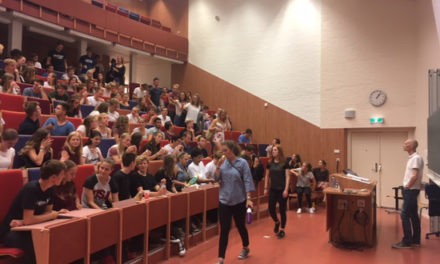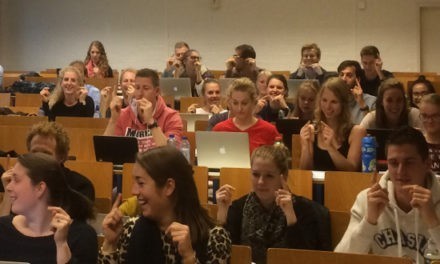Research Master Courses
Research Master HMS
Neurosciences
This course will approach the function of the human nervous system from different angles. Students will be familiarized with basic approaches to neural communication and interaction. We will deal with the functional background of mass activity in the central nervous system. The student will become familiar with the general principles of electrophysiology and other neurophysiological imaging techniques. The possible roles of oscillatory neuronal dynamics will be explained. The use of relevant methods in the diagnostic process of central nervous disorders and in the recent developments around brain-computer interfaces will then be considered.
Time Series Analysis
Students will learn various techniques for the analysis of time series. A brief sketch of the mathematical background will enable students to select and apply proper methods for the study of signals typically found in the movement sciences. As examples range from kinematic and (neuro-) physiological signals students will get well-equipped to analyze and interpret their own experimental recordings.
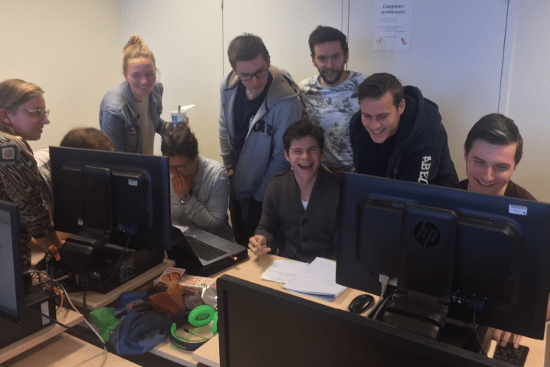
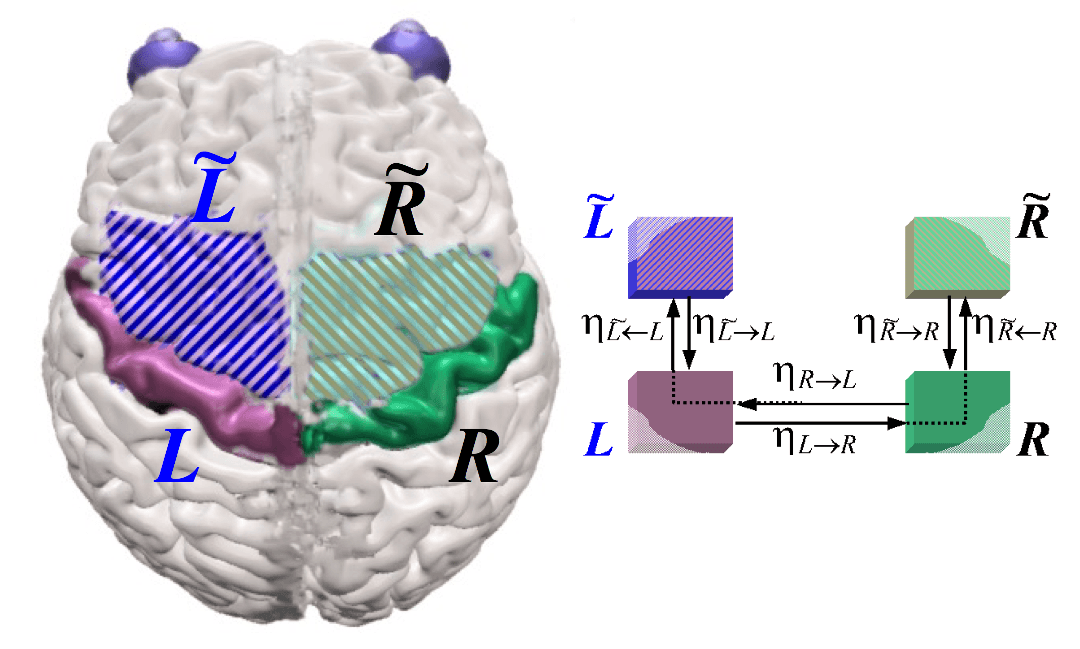
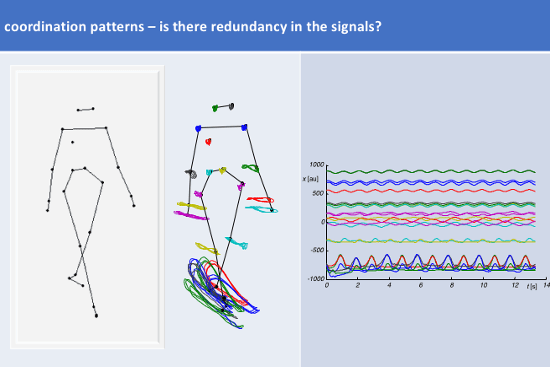
Research Master & Master HMS
Coordination Dynamics: Principles and Applications
The coordination dynamics approach is pursued to study how patterns of coordinated movement come about, persist and change as a function task constraints, expertise and pathology. The student is acquainted with the key principles, concepts and methods of coordination dynamics. The student can explain these aspects in a qualitative manner. The student is able to indicate how these aspects may contribute to assessments and interventions in the context of sports and rehabilitation.
Concepts in HMS
The student is able to report the key behavioral concepts in contemporary HMS, to apply these concepts in describing research outcomes, and to judge the (dis)advantages of using a particular concept in a particular situation. The student knows the mechanical concepts that apply to control of joint position and movement, in particular equilibrium, stability, robustness, performance, and observability. The student understands these concepts and can explain how they are related to clinical problems and to motor control in patients with joint disorders. The student knows the physiological concepts of exercise intensity and workload in sports and clinical research and training, in particular, (sub-) maximal force/power generation, (sub)maximal energy expenditure, anaerobic threshold and critical power. The student understands these concepts and can explain how they are related to sports and rehabilitation research and practice.
Entrepeneurship in HMS
No further information provided, yet.
Applied Biomechanics
In this course the student will upgrade their mostly 2D biomechanical knowledge to the 3D world and they will learn to apply this new knowledge to perform biomechanical analyses in the context of Sport and Health. Examples of concepts included are joint angles, joint moments, energy (work, power), angular (and linear) momentum.
